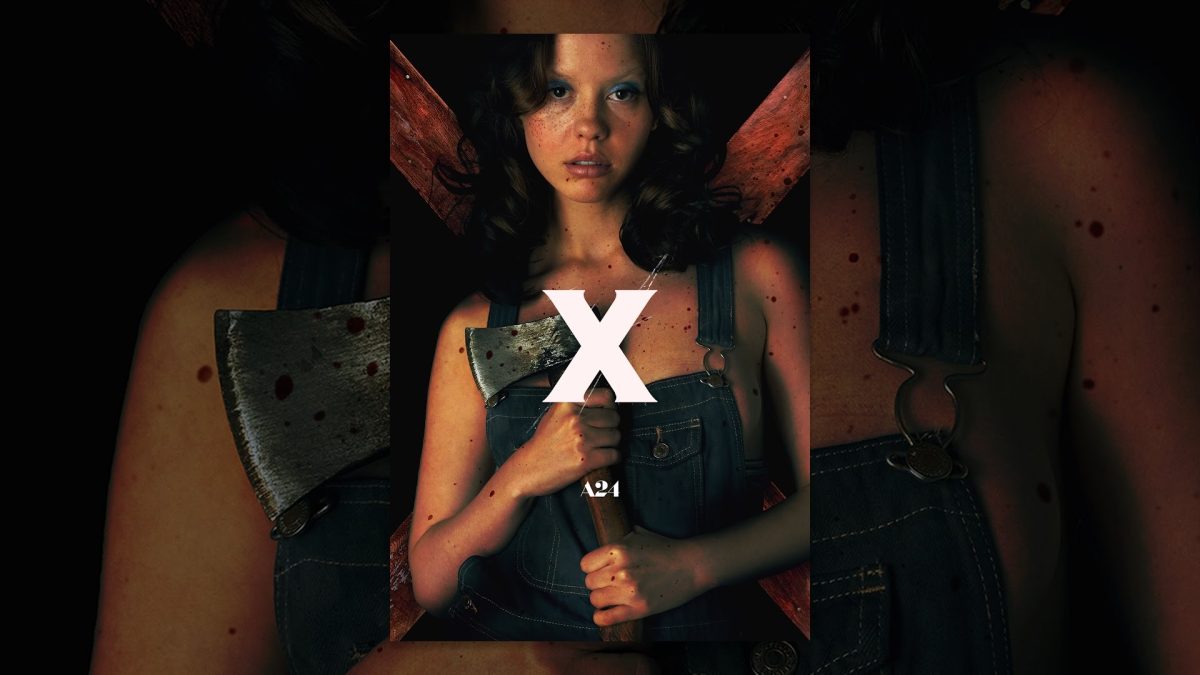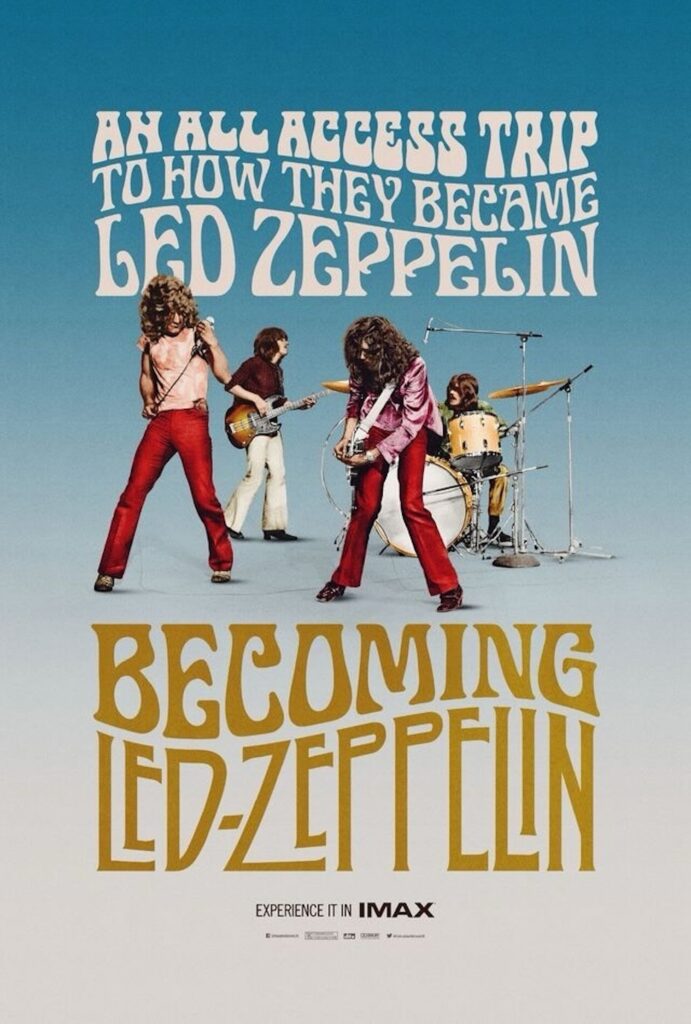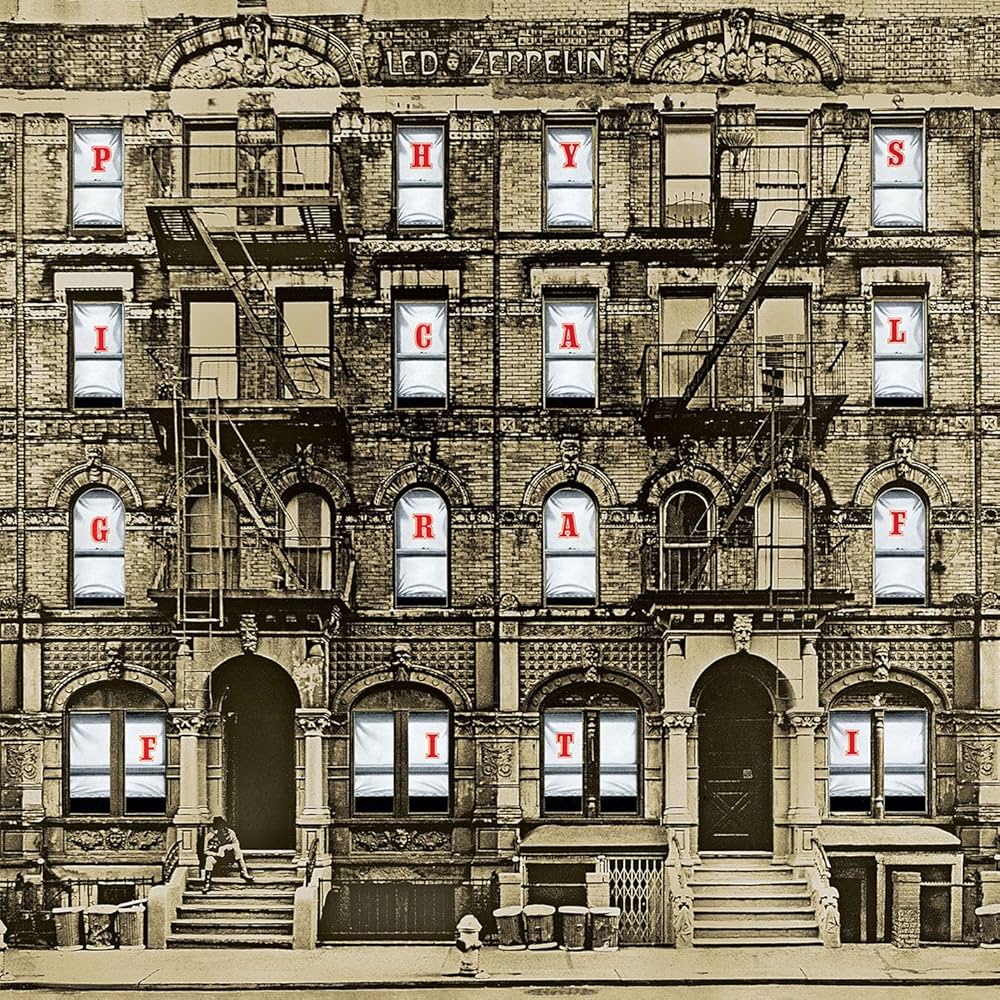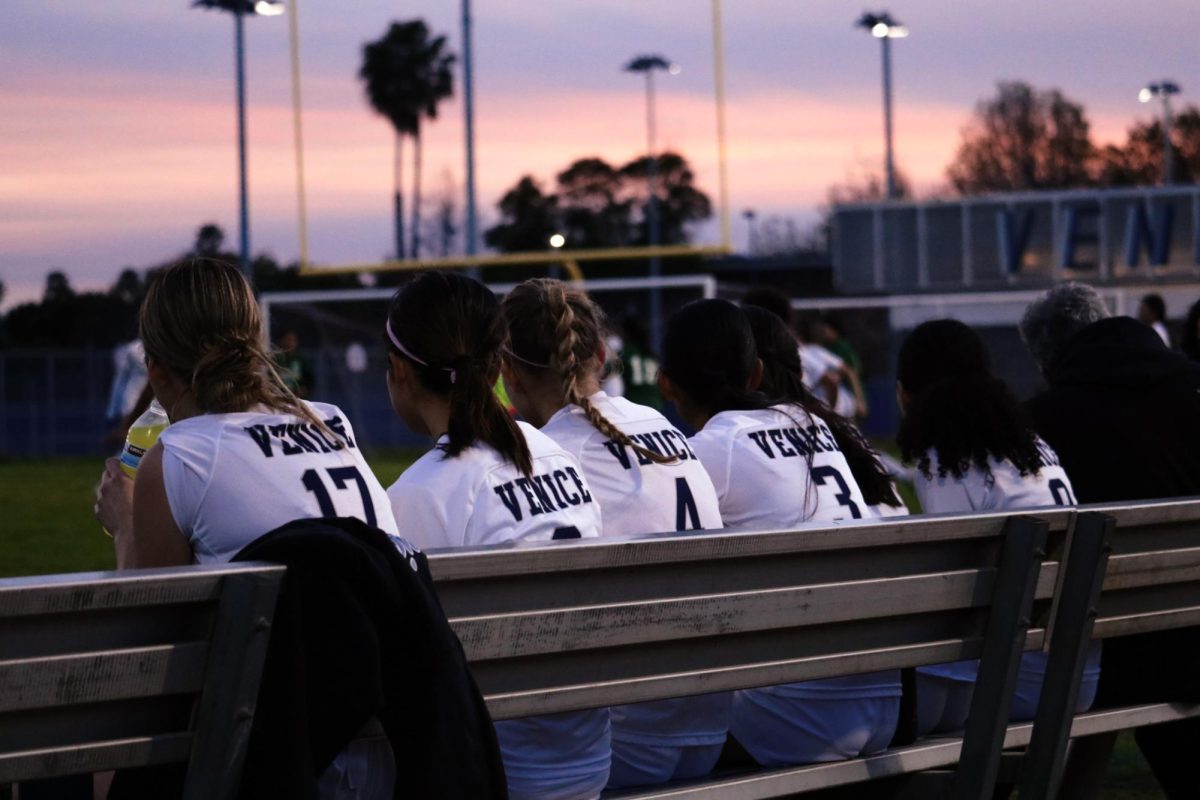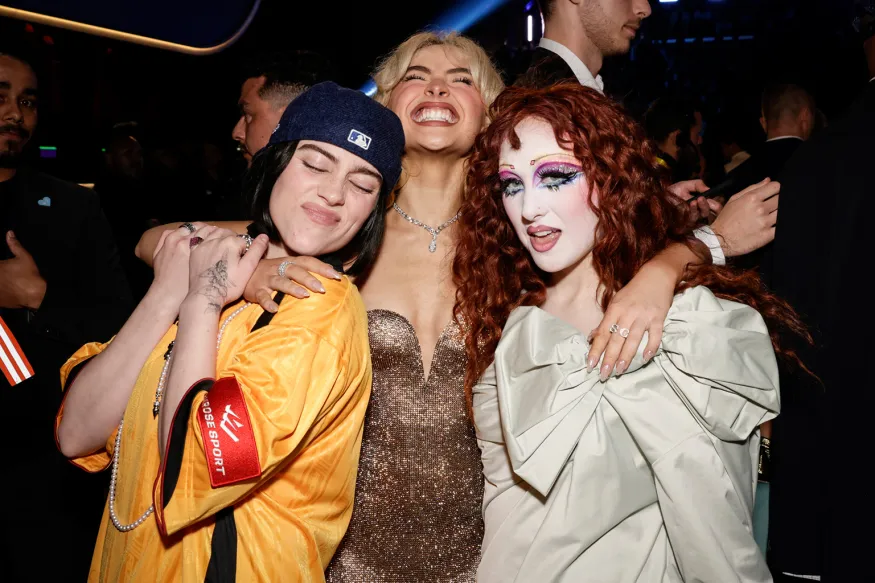In recent years, how many good horror movies have you seen released? Now compare that to the amount of corny slapdash-scripted ones.
Horror movies released within the last decade exhibited a notable decline in quality. Directors were stagnant, and cinema was undeniably facing a depression. They’re tolerable, but it’s obvious their priority was shock over script. The franchise that most notably falls under this description would be Saw. Many people enjoy it, but I find it difficult to tolerate the repetitiveness of the movies. They put me under the impression that the plot was written as an excuse to show off graphic stunts pulled using prosthetics and props. Not to mention it’s an endless series of movies.
When watching these movies, I feel starved. The lack of originality, plot, and depth is poorly plastered over with everexcessive gore and SFX. They have an artificial aspect to them now.
This is bluntly how I feel, but in truth, it isn’t the fault of the directors more than it is our own. Audiences have tuned in to horror movies for centuries, and trends among standards on what is deemed “scary” are never permanent. Directors’ top priority is to entertain and serve the audience, who, in recent years, begins to find graphic horror more exhilarating.
Being a member of the interesting Generation Z, many of these movies are nostalgic to us high school students, and have been labeled “campy”. But think: in 20 years, will we be looking back and deeming these movies as cult-classics? This reality is hard to believe. To define a cult-classic; it is a movie that executes its meaning with such skill and precision in technique that it becomes a very important piece of media in a community or target audience. It becomes a staple, and a historical moment in film.
However, as of extremely recently, hope has been rekindled. Many promising directors have surfaced, providing audiences with entertainment that restores and redeems the genre of horror. These directors are innovative; they take old techniques and build off of them artfully and with utmost attention to detail. We have broken free from the chains of a decade-long writers’ block.
Forty-four-year-old director Ti West has created a style of horror that not only introduces new takes on the genre, but also revives and recognizes old techniques. He takes most of his inspiration from old technicolor films, such as Wizard of Oz, Mary Poppins, and Disney classics. This makes his use of cinematography that much more unique.
This is not to mention Ti West’s top-notch casting, making the decision to cast Mia Goth to star in a movie franchise for the first time. Goth claims to have taken performance inspiration from many things, abstract and concrete alike. Among her list of notorious inspirations, there is Debbie Harry, who she says fueled her specifically for her character role of Maxine portrayed in X and MaXXXine, set in the 1980s. She is also frequently mentioned in the same sentence as Shelley Duvall, and many claim she is “this generation’s Shelley Duvall”, which I believe to be a stretch. However, the comparison is there, and she admits to taking inspiration. Both comparisons were noted in the Far Out article by Joe Taysom.
The character of Maxine is many things: a siren manipulating industries, symbol of femininity, contradictions and oppositions towards religion, preservation of youth, and the message preached from movie to movie: “I will not accept a life I do not deserve.” Maxine is compelling because she has sculpted reality to be compatible with fiction.
As for her most highly referenced performance in Pearl, the second-released movie in the franchise and the prequel to X, her creativity is adopted from many outstanding performances. This includes Bette Davis in the 1962 Robert Aldrich film What Happened to Baby Jane? and Björk in Lars Von Trier’s 2000 film Dancer in the Dark. Extreme attention to detail is shown, as you can see both West and Goth’s handiwork when it comes to enforcing psychology into the role.
The character of Maxine evolves over the course of the films, providing us with more information in a non-linear fashion, releasing the movies in this order on purpose to give it that intense effect of revelation.
Our story begins with X, introducing our protagonist Maxine, as well as the film crew she sticks with. From the start, Maxine carries a covert but strong motive; to become a movie star and achieve ultimate fame, which she is already on the rise to by dint of adult film. In this movie, she encounters strange characters, such as the introduction of Pearl, who is an elderly woman married to the man who is lending the group a farmhouse to temporarily reside in. Immediately, events get stranger, and Pearl shows the creepy, merciless, and murderous nature of herself.
In the prequel Pearl, we are provided with Pearl’s backstory as to why she is this way. Her story consists of her striving for fame and glory, and her attempts to leave the farm she is stuck on with her constrictive German immigrant parents during World War I. Her father has become disabled from the war, and her mother is cruel and robs Pearl of any opportunities she may come across. Pearl finds a goal to work towards: auditions to join a dance troupe around the state, which she ultimately loses to her wealthy cousin, evolving her pre-existing quirks to send her to spiral into a manic and murderous state.
There are many parallels between the two characters, and most of them are shown in the most recent movie, MaXXXine. Maxine has built a steady career in adult film, but she yearns for more. This was all part of the plan. She begins auditioning for bigger roles, real roles, and starts working on real sets upon being casted. However, she is haunted by her experiences of Pearl.
It appears as though ever since X, where the two alike characters were united, Pearl has split part of herself into Maxine, now living simultaneously through her. Maxine, an already stopless character, has become unhinged and bloodthirsty to get what she wants.
These characters both obviously face their own oppressions. Maxine’s father is a devoutly religious preacher, putting it before his own daughter, and Pearl’s mother is cruel and sheltering. In the end, MaXXXine transcends the initial meaning, and brings cults and rituals into the audience’s interest. This movie is debatably the most campy of the bunch, evolving into a chick slasher movie, but I believe it resembles much more.
I believe that this artfully crafted franchise is meant to most closely connect to messages of ambition, identity, generational trauma, and the cost of fame, serving as a projected and amplified metaphor. When taken into accountability, Maxine has done many questionable things, but being looked at more symbolically, you start to realize she was just trying to survive. She saw her only way up as either violent defense or manipulation. It starts to become less about her selfishness and more about her struggle in the corrupt film industry.
I think this comical and satirical display of these messages was entirely intentional on West’s part — just because a story isn’t real doesn’t make it untrue. Maxine and Pearl’s narratives are both likely stories in a sense, and many even identify with them, despite the measures they both went to. It isn’t literal to me, it’s more of a projection of what’s going on in their minds while enduring these traumatic and stressful experiences.
With the story ending on a cliffhanger, we are left under the impression that more films are to come, leaving more up to interpretation until it is released. Entertained, we will continue to follow Maxine on her journey. Modern horror will continue to evolve as long as we know there are committed and passionate directors – such as Ti West.

